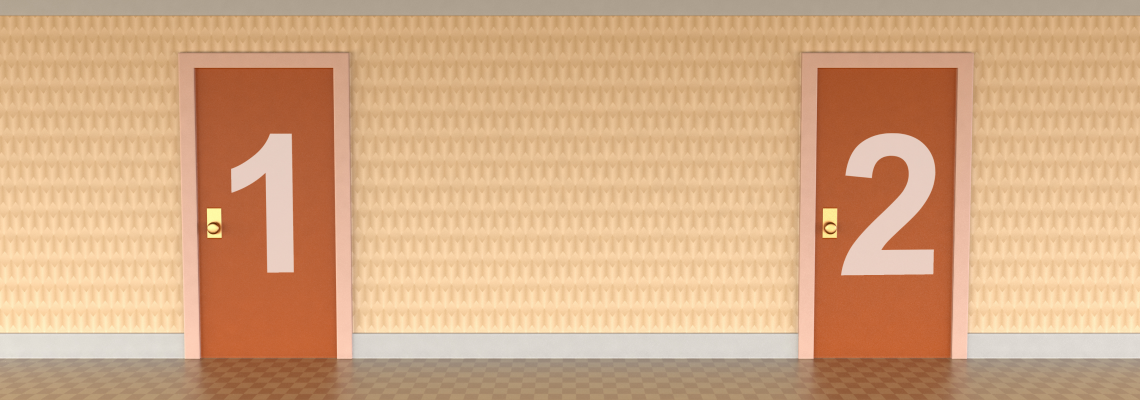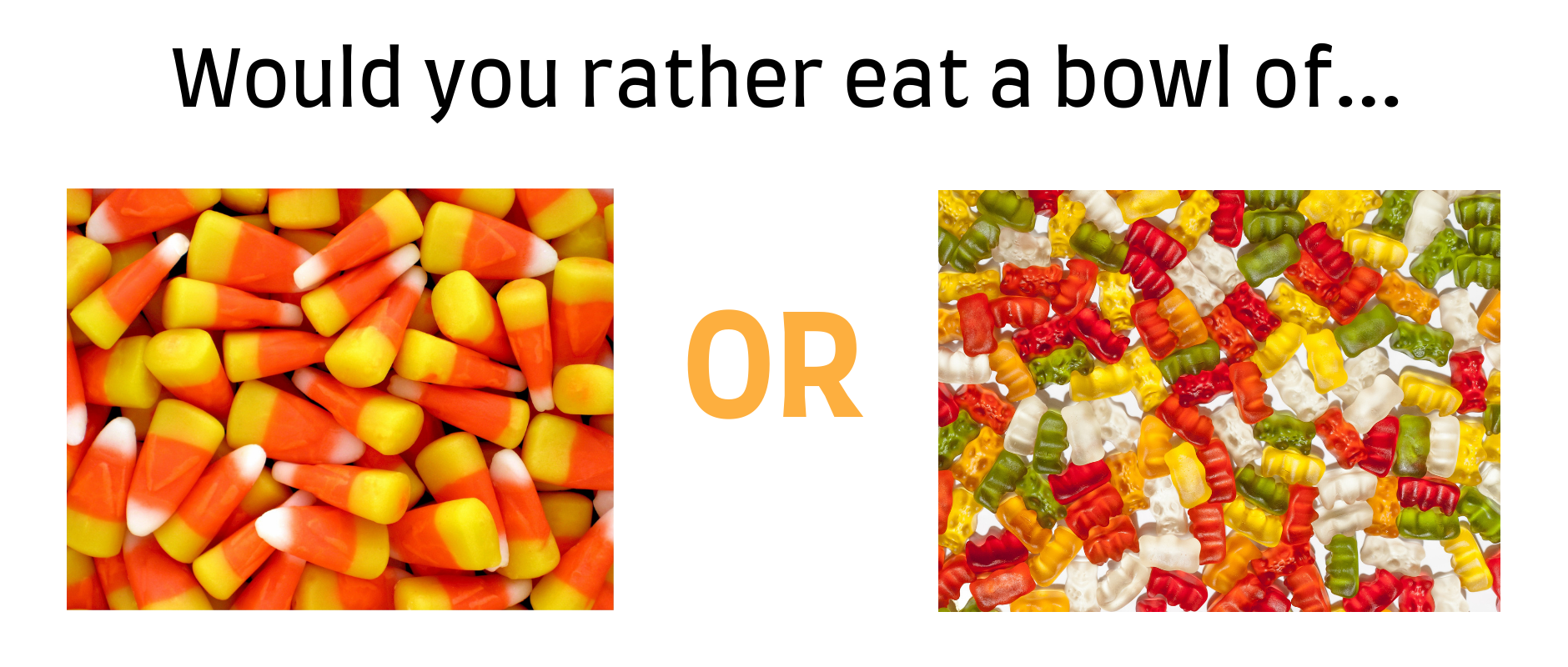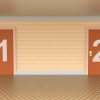
Here’s one question to make learning more interesting, and dare I say…fun?
Would you rather….?
HOW IT WORKS:
Provide students with two different ideas or options. They must choose one and explain their choice.
For example:

“Would you rather” activities can be used for a number of purposes:
- building classroom culture and relationships
- developing speaking, discussion, or listening skills
- practicing writing
- thinking more deeply about class content
- getting students moving
- providing a brain break to students
While “would you rather” questions can be used in seemingly endless ways, be sure to choose the topic and format with intention so the activity is meaningful.
For example, from the list of possible purposes above, I knew I wanted my students to apply their learning from class, and I also wanted them to practice speaking and listening skills.
So, I shared a “would you rather” question: “Would you rather immigrate to the United States in 1920 or today? Why?” This would require students to consider many aspects of life faced by immigrants 100 years ago as well as today. Students shared their opinion and reasoning with a classmate. I could also continue this activity through a whole-group discussion or a writing assignment.
INCORPORATE MOVEMENT
You can use a “would you rather” question to build some physical movement into your class. Label the four corners of the classroom based on four choices, with no right or wrong answer. For example: “Who is the most interesting character in To Kill a Mockingbird: Atticus Finch, Boo Radley, Dill Harris, or Scout?” Students move to their chosen corner and explain their choices–to someone who agrees and/or to someone with a different opinion.
WOULD YOU RATHER MATH
Wouldyourathermath.com is a great resource for engaging “would you rather” math challenges. Students choose between two options and explain their choice with math.
NON-ACADEMIC TOPICS
“Would you rather” questions are great for non-academic activities too!

An engaging, low-stakes prompt helps students gain confidence in their own ideas and builds a sense of belonging. A trusting, supportive classroom community can go a long way in helping students identify as learners, feel safe taking learning risks, and ultimately engage with effort in your classroom.
As students develop their confidence and skills in argument and speaking, they will probably start asking to make their own “would you rather” questions for the class!
LEARN MORE
If you like this resource and are interested in more ideas to engage students in authentic learning, you’ll want to check out our Project-Based Learning Academy taking place this June!


